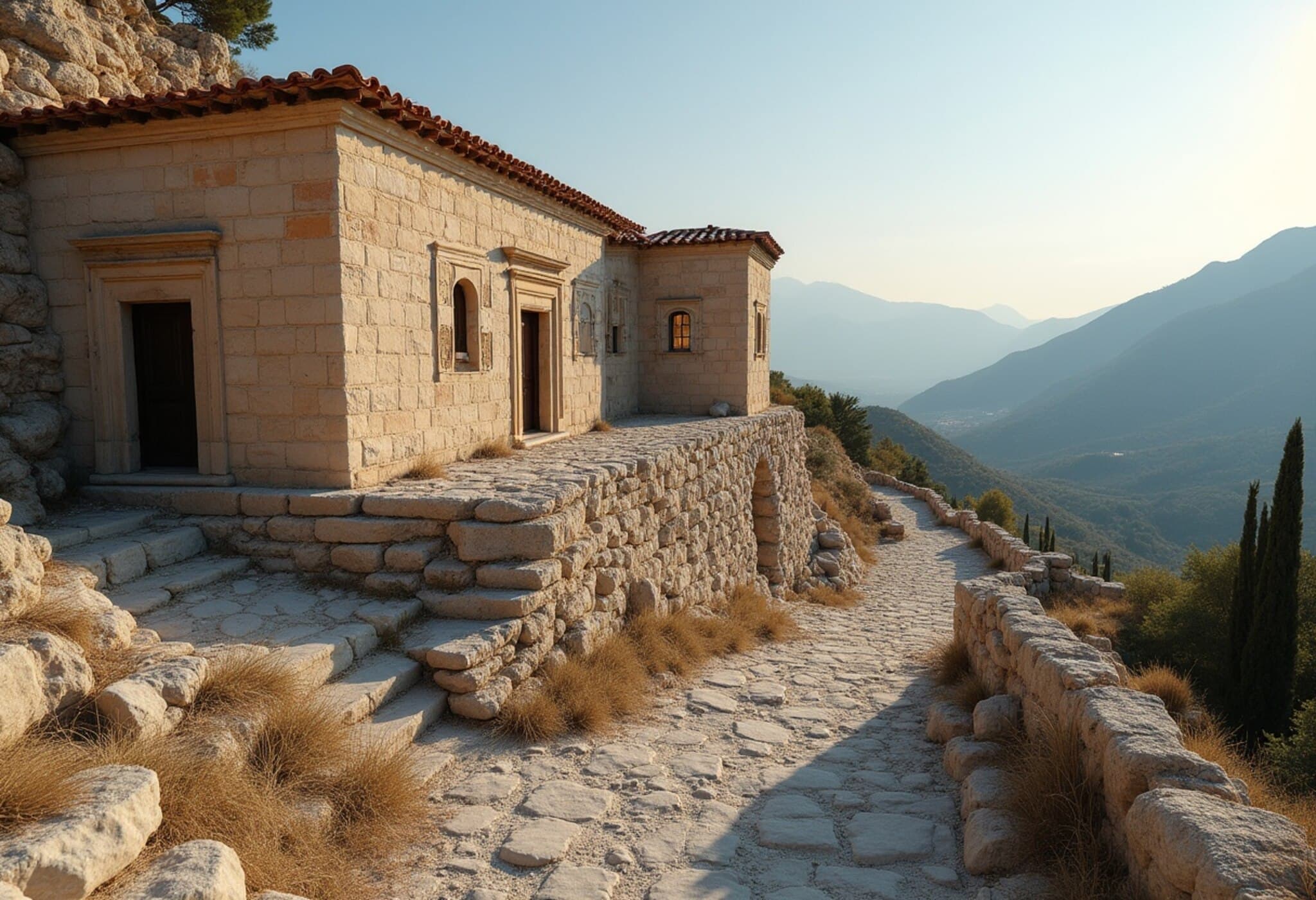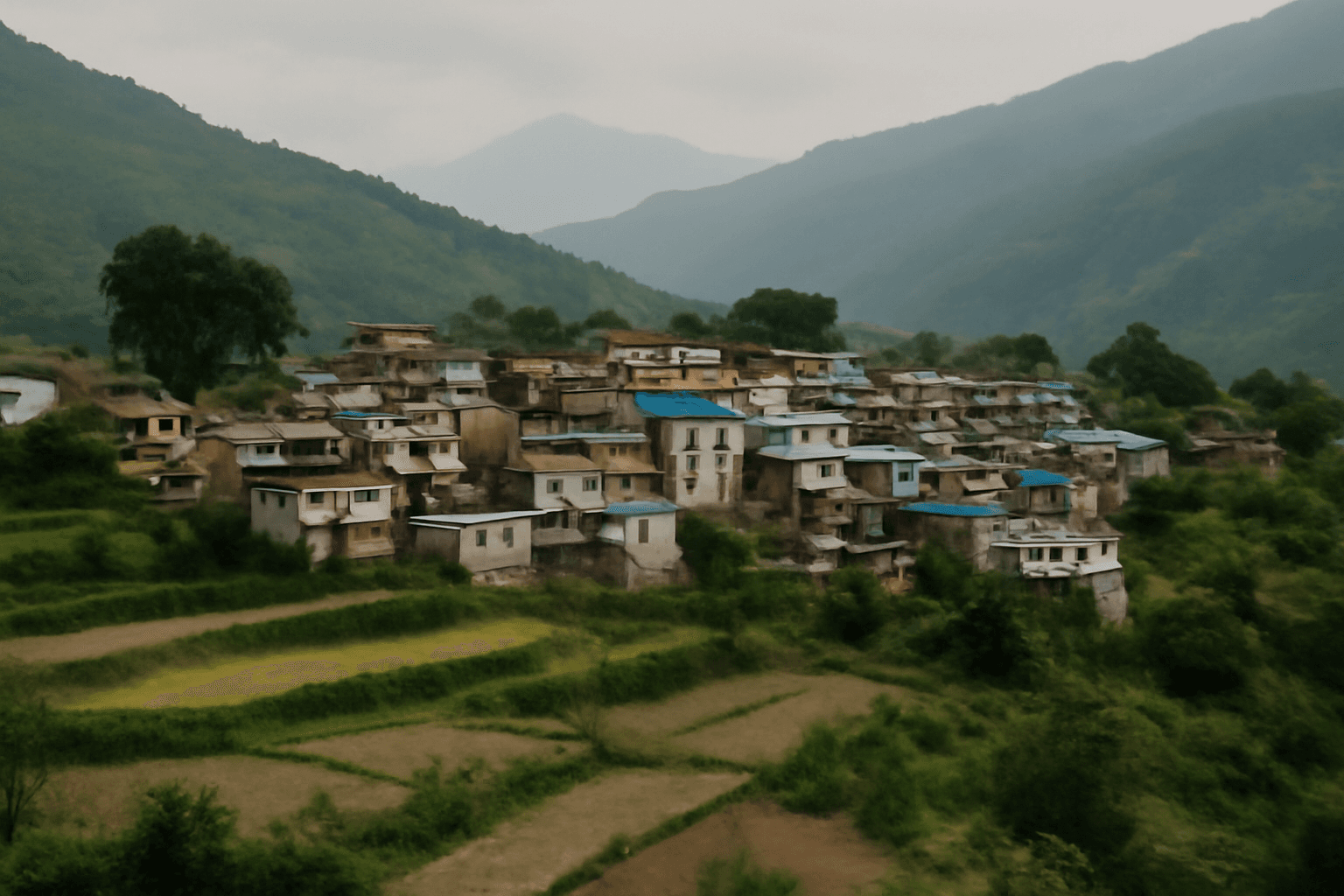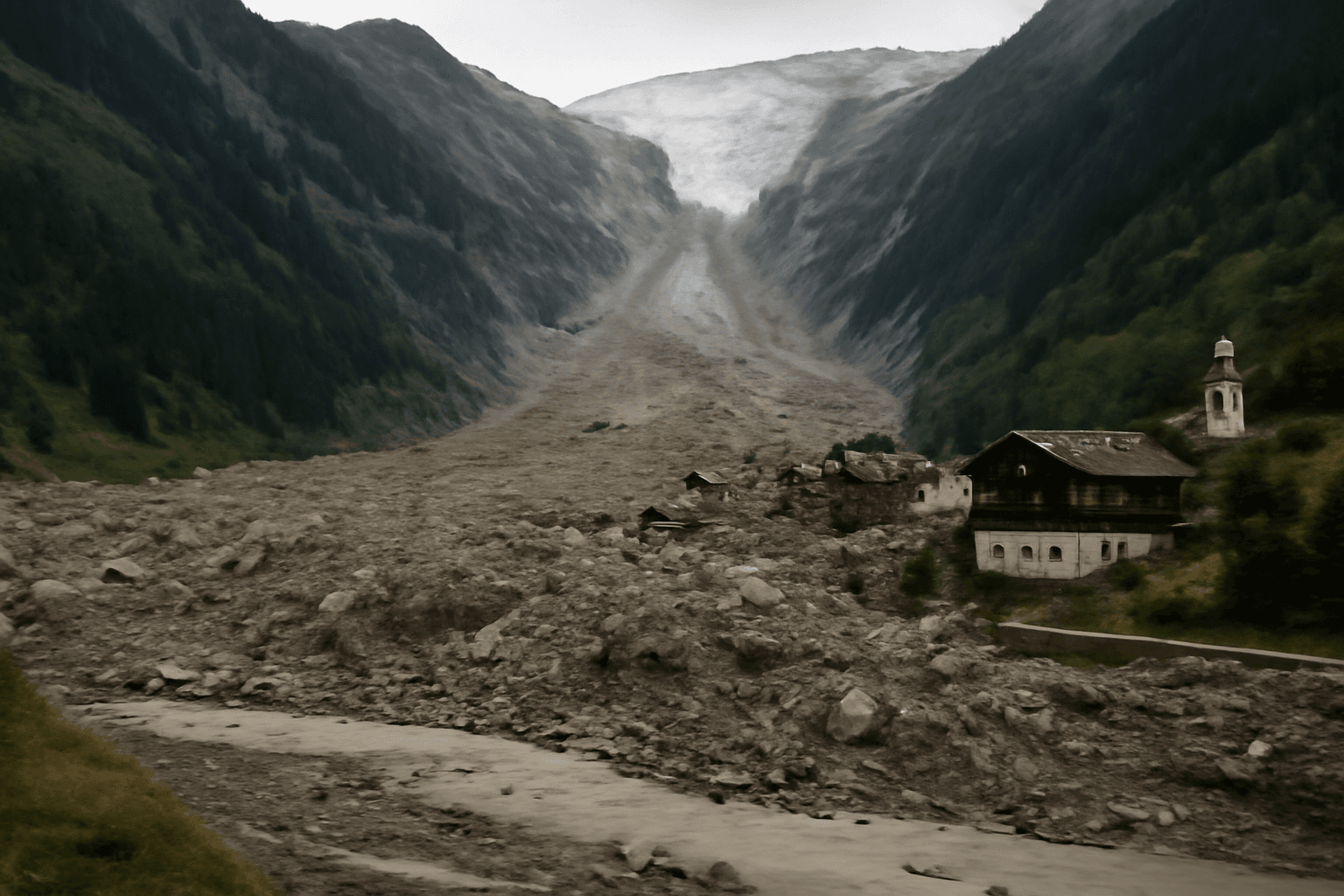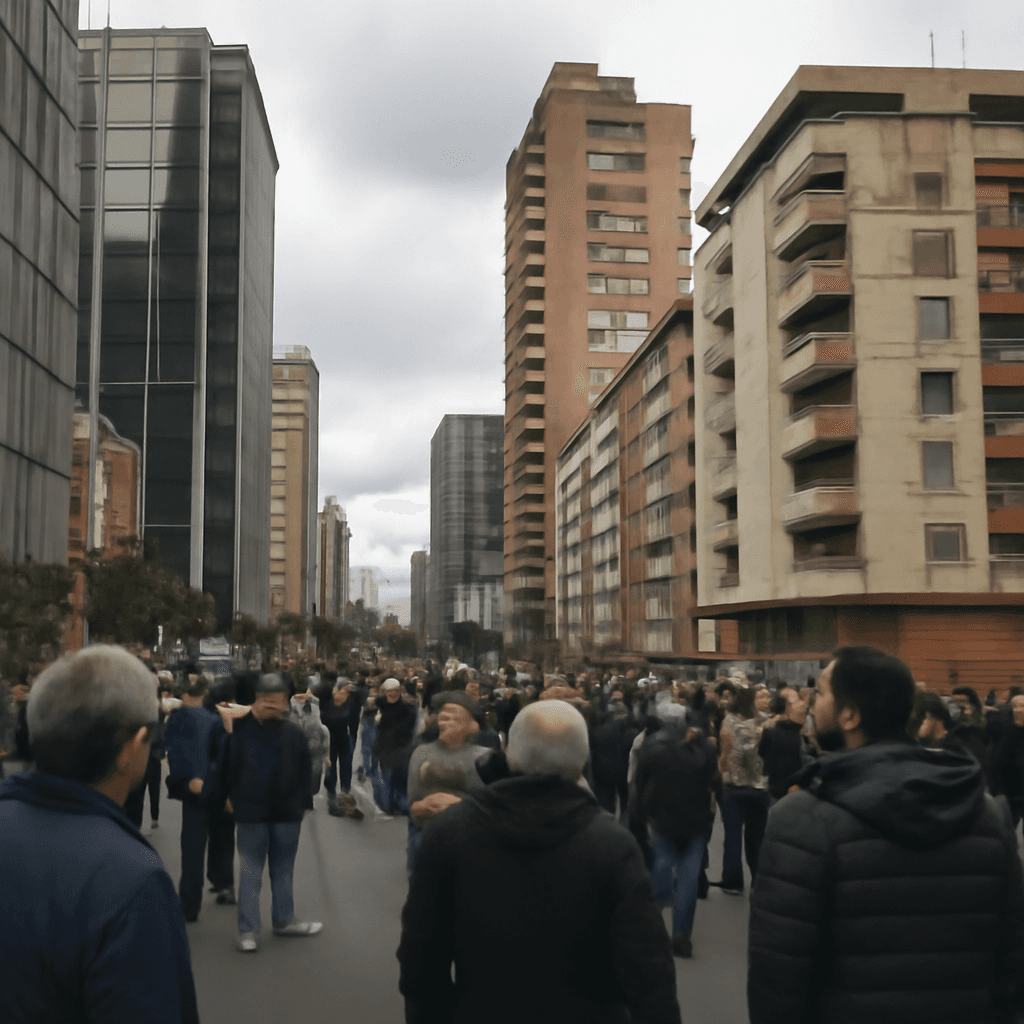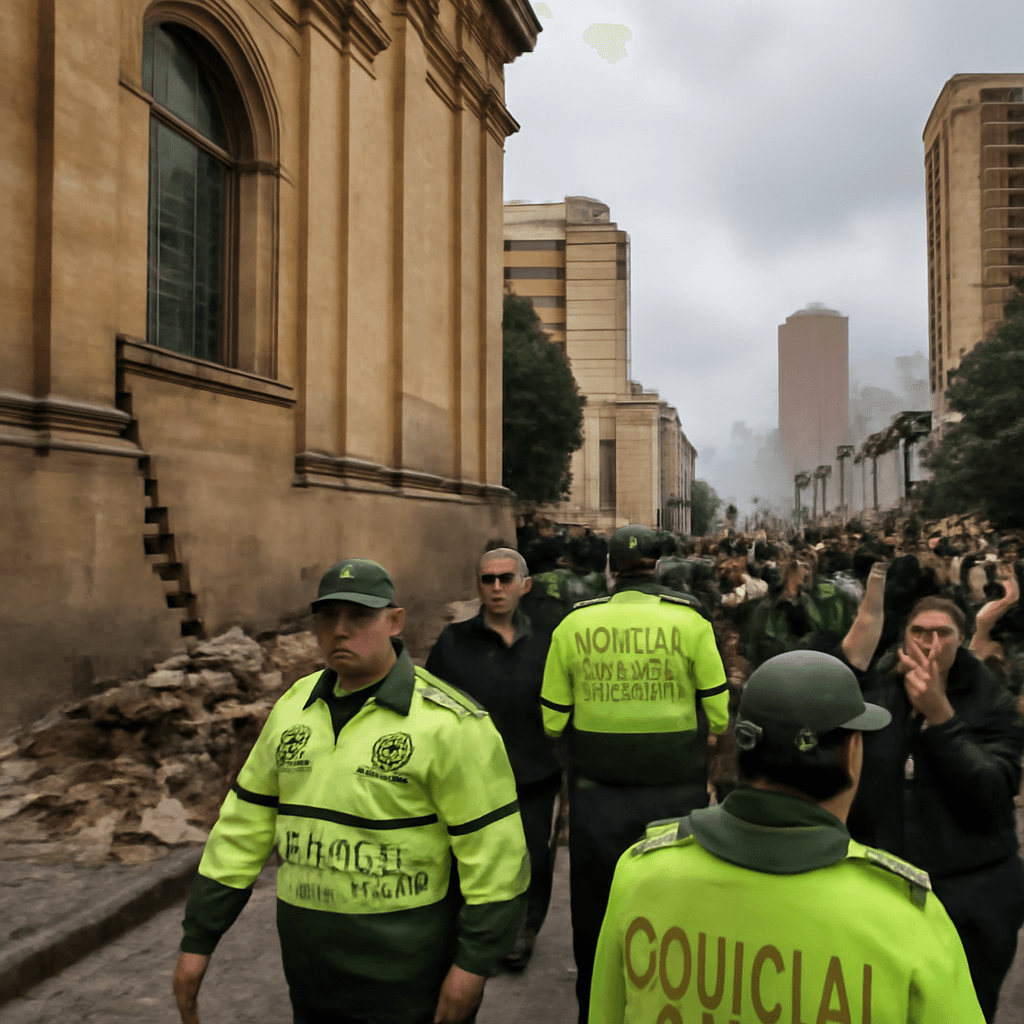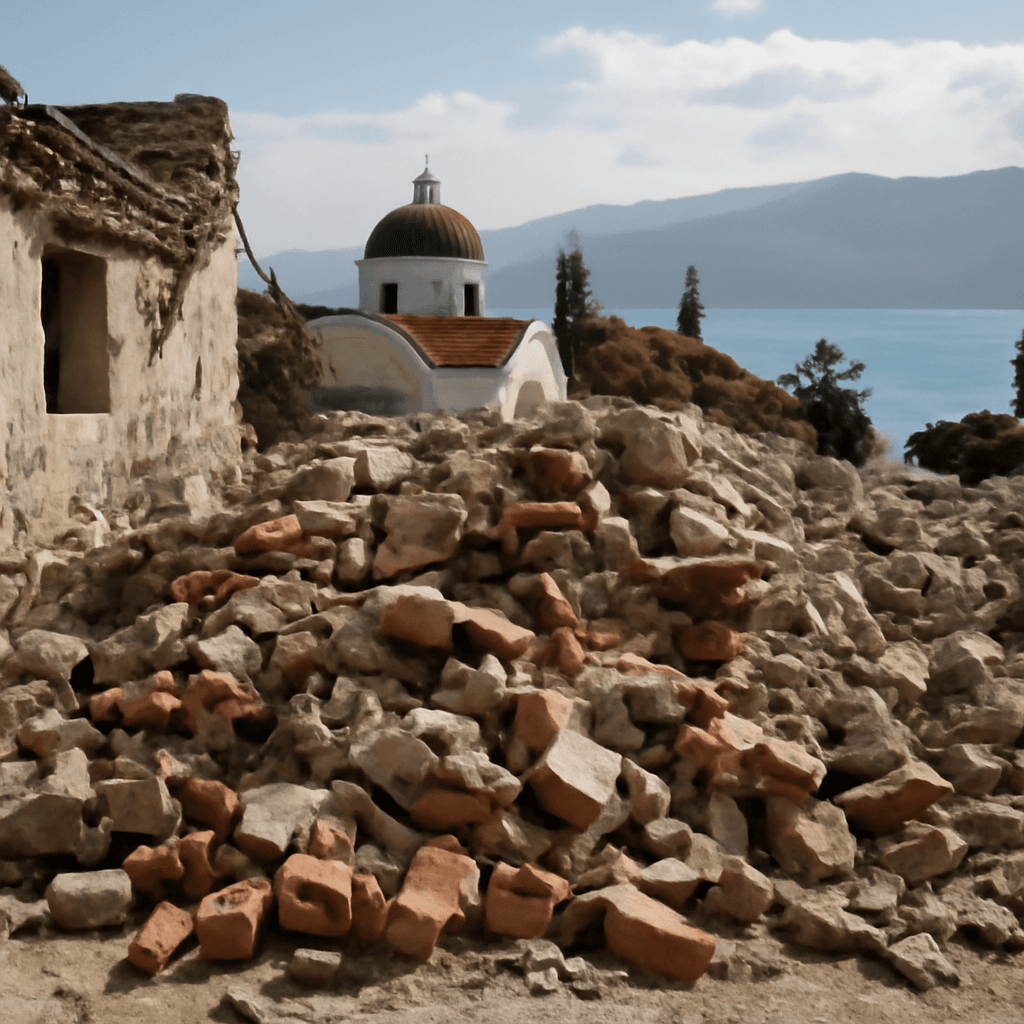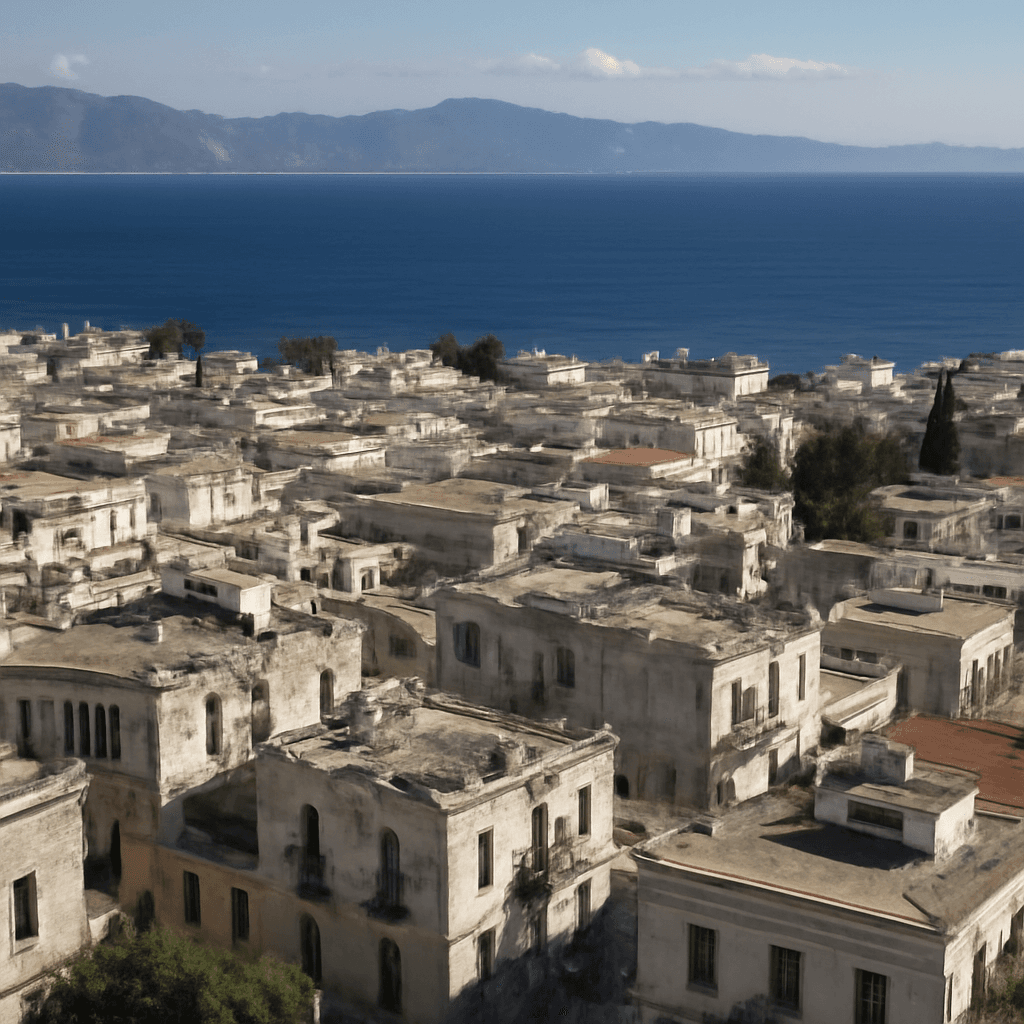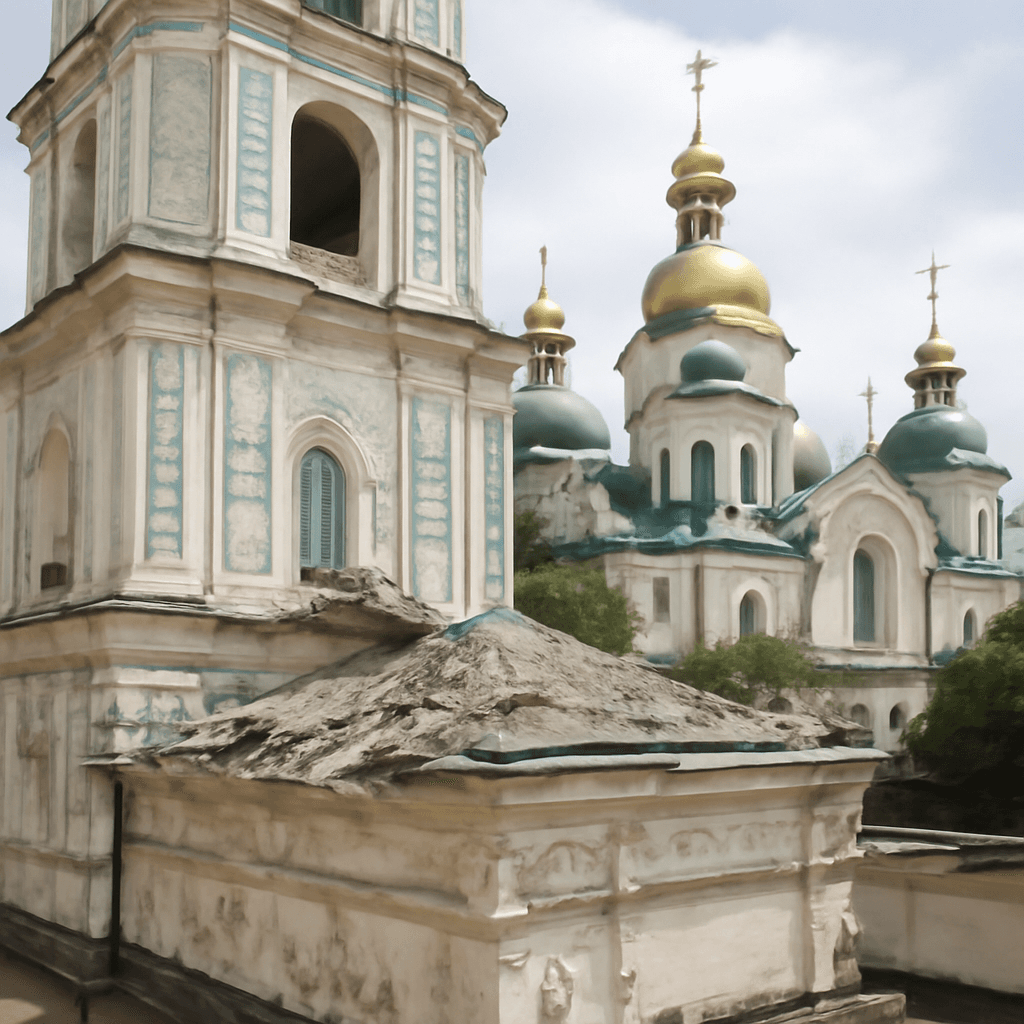Earthquake Strikes Northern Greece, Damaging Historic Monasteries
A recent earthquake shook the northern Halkidiki peninsula, impacting the sacred religious enclave of Mount Athos and causing damage to several ancient monasteries. The quake, registering a magnitude of 5.3, originated underwater at a shallow depth of just 12.5 kilometers (7.7 miles), striking northwest of Mount Athos’ administrative center, Karyes.
Impact on Centuries-Old Religious Sites
Authorities have confirmed that at least three centuries-old monasteries sustained notable structural and artistic damage. Among them are:
- Xenophontos Monastery (dating back to the 10th century)
- Dochiari Monastery
- Simonos Petras Monastery (from the 14th century)
Following the quake, officials reported significant cracks appearing in the domes of the Xenophontos church, further threatening frescoes that were already weakened by an earlier tremor in February. Dochiari monastery experienced similar damage, while Simonos Petras showed more limited effects.
Preserving a Sacred Heritage
Greek Culture Minister Lina Mendoni stated that a dedicated team of archaeologists and conservation experts is staying onsite to conduct thorough inspections and assess the full extent of the damage. This effort aims to prepare for delicate restoration work to safeguard the monasteries' historical and cultural significance.
Mount Athos: The Holy Mountain
Mount Athos holds a unique position in both spiritual and cultural heritage. Known as the Holy Mountain, it has been an autonomous monastic community since Byzantine times, with continuous Orthodox Christian traditions dating back to the year 1054. This enclave currently houses around 20 active monasteries, some boasting histories greater than a millennium.
The recent earthquake serves as a stark reminder of the vulnerability of such irreplaceable heritage sites and the importance of ongoing preservation initiatives.

